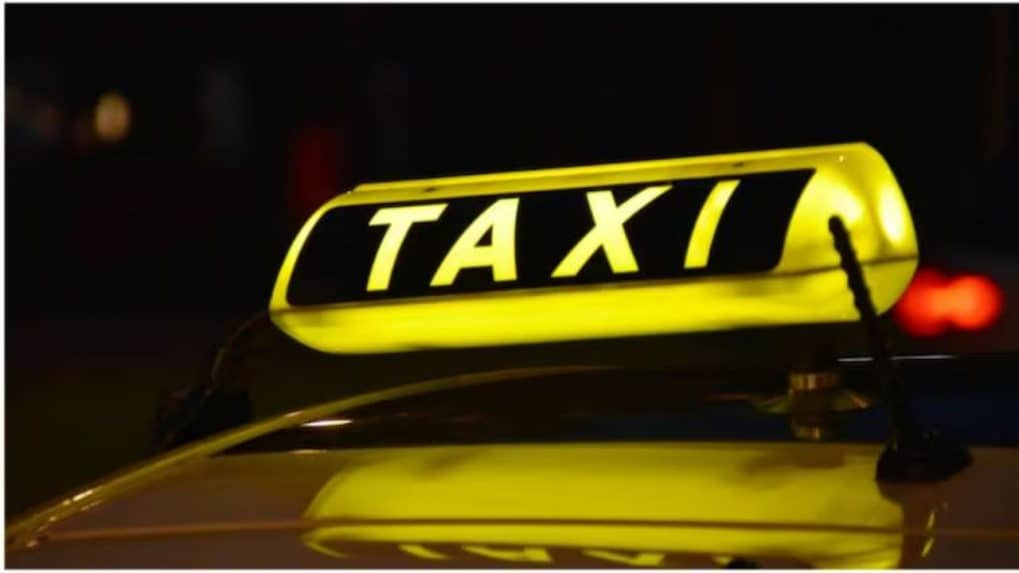15 lakh drivers could reclaim Rs 1,12,500 crores in 5 years: ONDC
Innovations like gaming apps enabling e-commerce and Prasar Bharati’s collaboration with an OTT platform illustrate the network’s experimental nature.
ADVERTISEMENT
While the rise of online ride-hailing services has transformed urban mobility, they have also brought challenges for drivers, particularly those associated with commission-based platforms. Drivers in India typically pay a percentage of their earnings—often reported as being between 25-30%—to the aggregator platform, significantly impacting their net income.
For instance, a driver making Rs 50,000 a month (gross booking value) often loses Rs 12,500 to aggregator commissions and other charges. Assuming a modest adoption of 15 lakh drivers, over five years, this translates into a staggering Rs 1,12,500 crores lost by drivers, according to a case study on economic impact of open network for mobility apps by ONDC.
With the emergence of the Open Network for Digital Commerce (ONDC) and zero-commission platforms, established players are being challenged leading to reshaping the economics of transit, and raising questions around inclusivity, affordability, and regulation.
Challenging Monopolies
The ONDC’s unbundled approach is challenging the traditional platform-dominated model. Localized initiatives like Odisha Yatri, Namma Yatri, and Yatrisathi are stepping in to address mobility gaps in ways that prioritize local drivers and passengers over profits. These grassroots-focused efforts, such as Odisha Yatri’s integration of local transport, hint at a model that could decentralize power and bring agency back to small operators.
Key Challenges and Opportunities
Drivers face low earnings due to high platform commissions (20-30%), dynamic pricing issues, and lack of social security. Customers encounter inconsistent service quality, cancellations, and limited rural accessibility.
To address these issues, ONDC promotes an open, interoperable network where drivers and passengers are not tied to a single platform and encourages innovation with diverse participants, such as state-backed apps like Odisha Yatri and Namma Yatri.
However, GST compliance remains unclear for zero-commission platforms. Existing tax frameworks are more suited to traditional aggregators than new business models. Nonetheless, efforts to combine public transit options with private ride-hailing services are underway but face logistical and technological hurdles.
Ultimately, ONDC aims to make mobility accessible and affordable, especially for underserved regions and promotes the adoption of digital tools by small businesses and local entrepreneurs.
Open Networks or Open Questions?
Unlike platform giants, ONDC facilitates a decentralized ecosystem where multiple buyer and seller applications coexist. Innovations like gaming apps enabling e-commerce and Prasar Bharati’s collaboration with an OTT platform illustrate the network’s experimental nature.
With 200,000 weekly rides and growing, ONDC’s mobility initiatives are gaining traction in urban and rural India. Apps like Paytm and Redbus are playing crucial roles as buyer applications, while cities like Pune and states like Kerala are joining the movement.
But with this openness comes uncertainty: How sustainable is this model and can it scale to compete with global platforms?
The Tax Tightrope
ONDC's future hinges on regulatory clarity. The ambiguity surrounding GST, especially for e-commerce delivery fees, exposes gaps in policy frameworks. Experts argue that such models need clearer guidelines to foster confidence among participants. The government’s earlier exemption of small hyper-local businesses from GST hints at a pathway forward, but what about implementation of broader reforms?
Multimodal Mobility
ONDC's ambition extends to multimodal journeys that integrate metros, buses, and ride-hailing services. Early signs of this vision are visible in Kochi Metro and Chennai Metro’s transactions, yet the technical and logistical challenges of merging disparate systems across cities remain formidable.
Economic Impact
Annual earnings for drivers can increase from Rs 4.5 lakh to Rs 5.86 lakh under zero-commission models, adding Rs 20,475 crores to the economy.
If 15 lakh drivers switch to zero-commission models, GST revenue could increase by Rs 54.5 crores to Rs 1,152 crores annually due to economic multipliers.
Additional income from zero-commission platforms is expected to boost local economies, with expenditures on essentials like education, healthcare, and nutritious food.
Global Practices and Policy Insights
Countries like France, Germany, and Italy offer tax incentives and reduced VAT for cooperative and worker-friendly models. Singapore and South Korea promote innovation through tax subsidies for platform cooperatives. The case study by ONDC suggests aligning tax policies to encourage adoption of zero-commission platforms and offering targeted incentives under initiatives like Startup India to support local entrepreneurs and innovators.
Potential and Pitfalls
ONDC’s journey from a Bangalore pilot to a nationwide network reflects India’s digital aspirations. By 2025, it hopes to integrate not just mobility but also food, groceries, and other domains, creating an all-encompassing digital ecosystem.
As the network evolves, it raises critical questions: Can an open model sustain the quality and reliability commuters expect? Will small players thrive, or will the open ecosystem ultimately replicate the inequalities of traditional platforms?
Read More:Rapido outsmarting ride-hailing giants; no longer Ola and Uber's third wheel
Read More:Cab aggregators largest culprits in dark patterns, says Rohit Kumar Singh

